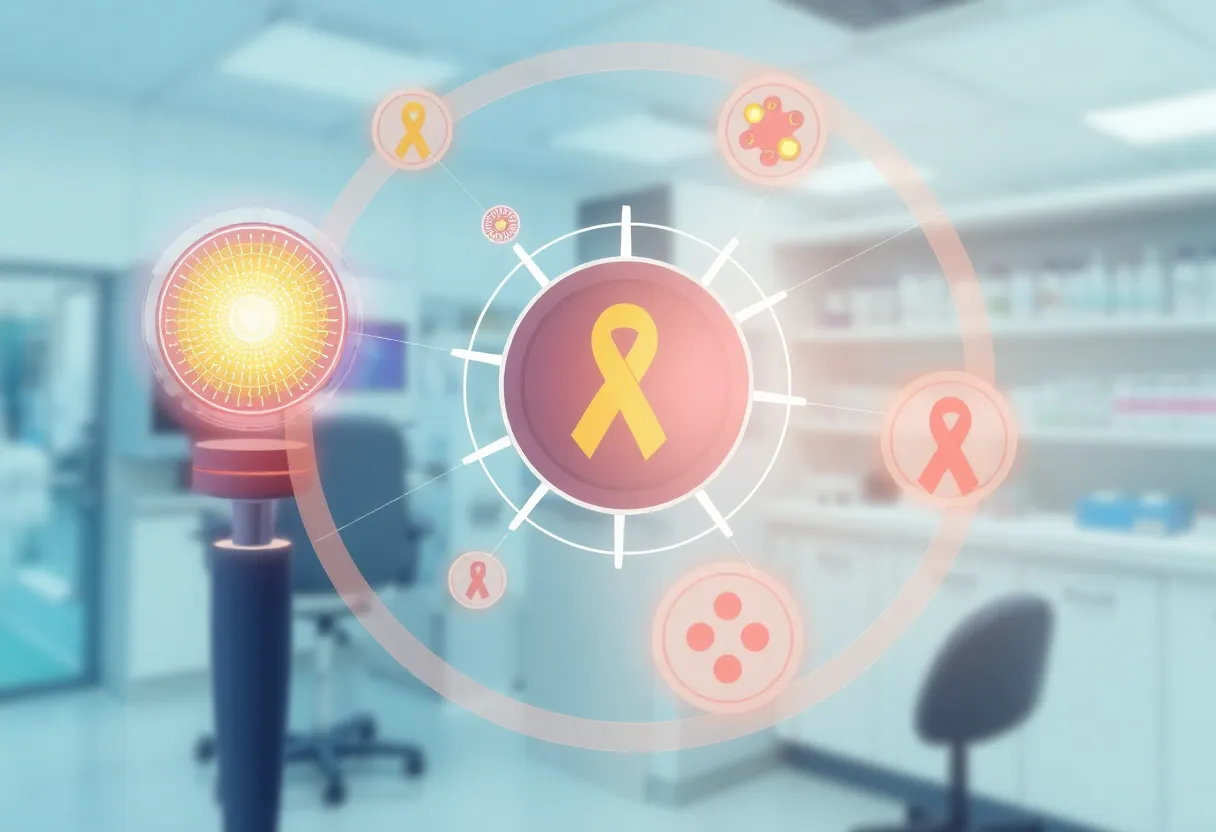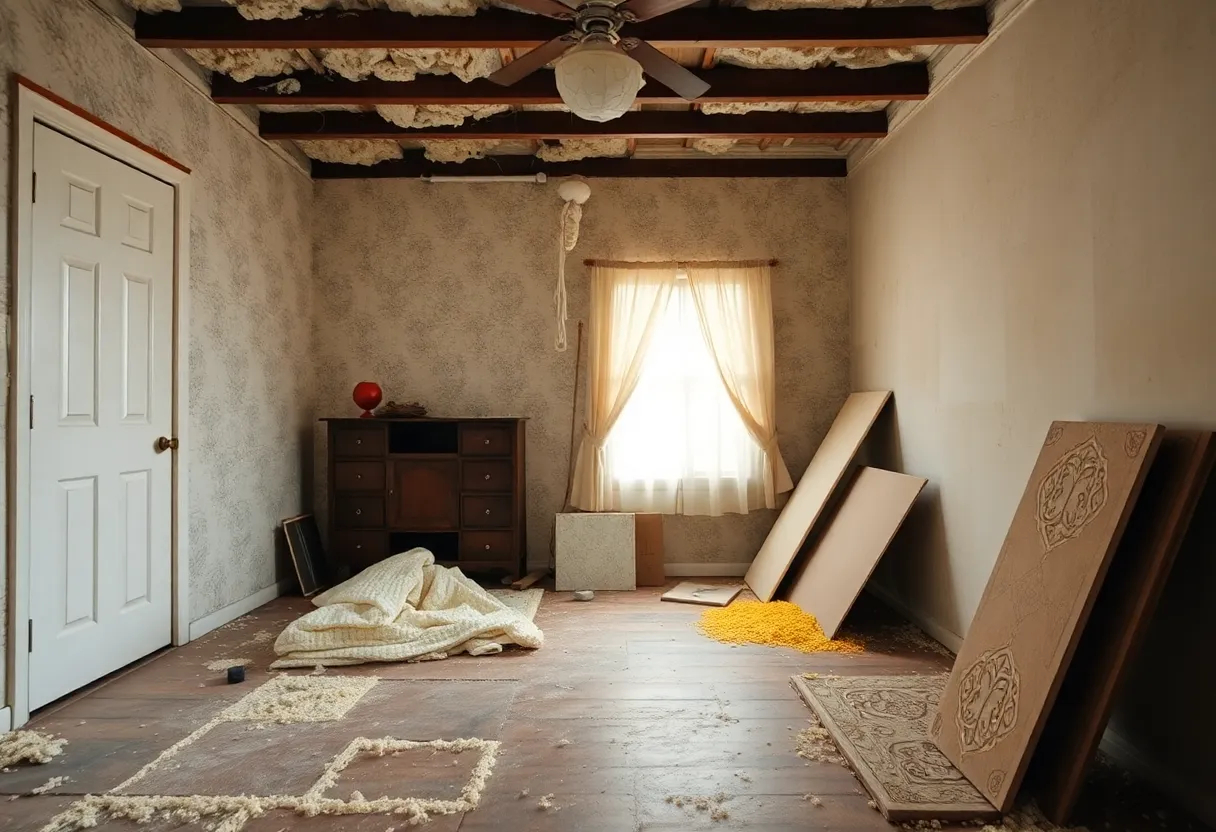News Summary
Exploring new innovations in cancer detection and the potential risks of reconsidering asbestos bans in the U.S.
The Changing Landscape of Cancer Detection and the Resurrection of Asbestos Issues
Introduction to New Innovations in Cancer Screening
Cancer detection is at a crossroads as _groundbreaking tests_ emerge, promising to revolutionize the way we diagnose this devastating disease. Recently, Grail announced pivotal results from its PATHFINDER 2 study, revealing that its Galleri multi-cancer early detection test significantly enhances cancer detection rates when added to regular screening methods. This development has ignited hopes among patients and healthcare providers alike, spotlighting the potential for earlier diagnosis and better patient outcomes.
The Galleri Test and Its Implications
The PATHFINDER 2 study presents compelling evidence that the Galleri test is a _game changer_ in cancer screening strategy. Among participants, the addition of this blood test resulted in a marked improvement in detecting various cancer types beyond standard screening practices. This potential for improving early detection is critical, as early diagnosis can lead to successful treatment options and increased survival rates. However, discussions are also emerging about whether these blood tests can truly translate into improved outcomes for patients, fueling debates in the medical community.
Impact of Recent FDA Decisions on Cancer Treatments
The FDA has been active in regulating cancer treatments, with recent decisions including the approval of tafasitamab in a new combination therapy for follicular lymphoma, while a request for expanding talazoparib’s use for prostate cancer was declined. These decisions underscore the complex landscape of cancer treatment approvals and the ongoing struggle for breakthroughs. Meanwhile, the development of specialized immune-cell therapies at the NIH is facing delays due to staffing cuts, raising concerns among advocates for cancer patients who rely on advanced treatment options.
Diving into the Asbestos Debate
In a troubling twist, the Trump administration is pondering a _reexamination_ of the ban on chrysotile asbestos, a substance notoriously linked to deadly diseases like lung cancer and mesothelioma. This move has roused significant concern among health advocates and cancer survivors, who fear that lifting restrictions could have catastrophic effects on public health. As the connection between asbestos exposure and mesothelioma is well documented, the decision to reconsider the ban poses a grim risk for future generations.
Examining Broader Cancer Detection Trends
As the landscape of cancer detection evolves, additional innovations have surfaced. The FDA has greenlit Clairity’s AI platform, which is designed to predict five-year breast cancer risk utilizing routine mammograms. By analyzing subtle imaging features, this AI tool aims to provide more precise risk assessments, bolstering personalized follow-up that could result in timely interventions for women at risk. With millions of new breast cancer cases diagnosed annually, tools like Clairity Breast will be crucial in reducing the prevalence of late-stage diagnoses.
The recent approval of Teal Health’s at-home cervical cancer test, which empowers women to conduct screenings using a simple tool without the discomfort of traditional methods, presents another significant advance. This home-testing option may encourage greater participation in essential screenings, particularly for women residing in rural areas where access to healthcare can be limited.
Conclusion: The Future of Cancer Detection and Treatment
As we stand at the forefront of innovative developments in both cancer detection and treatment, there lies an imperative to balance progress with safety, particularly when it comes to potentially harmful materials like asbestos. The recent surge of advancements in early detection methods such as the Galleri test and AI-based platforms offers hope, but they also bring with them a need for judicious oversight. With the integration of new technologies into public health protocols, the fight against cancer may just see a transformation that previous generations could only dream of. The stakes are incredibly high, and with the right approach, the potential rewards could change the narrative of cancer diagnosis and treatment for years to come.
Deeper Dive: News & Info About This Topic
HERE Resources
Historic Charges Against The School District of Philadelphia Over Asbestos Management
Shockwaves as EPA Plans to Reconsider Asbestos Ban
The Dark Legacy of Asbestos Exposure Among Veterans: A Continual Struggle
The Truth Behind BAP1 Mutations and Mesothelioma: Clearing Up Misconceptions
Los Angeles Wildfires: A Hidden Danger of Asbestos Contamination Looms Over Cleanup Efforts
Libby Asbestos Clinic in Crisis: Federal Court Hearing Sparks Controversy
The Lingering Danger of Asbestos: A Call for Action
Clinic Closure Leaves Libby Residents in the Lurch
The Looming Danger: Asbestos Regulations in Jeopardy
Potential Asbestos Ban Under Review as Health Risks Persist
Additional Resources
- Fierce Biotech: FDA Clears First AI Tool for Breast Cancer Risk Prediction
- Wikipedia: Cancer Screening
- DocWire News: FDA Authorizes First AI Platform for Breast Cancer Risk Prediction
- Google Search: Breast Cancer Risk AI
- NBC News: FDA Approves Home HPV Test for Cervical Cancer Screening
- Google Scholar: Cervical Cancer Screening Tests
- Reuters: FDA Approves First At-Home Test for Cervical Cancer Screening
- Encyclopedia Britannica: Cancer Screening



















